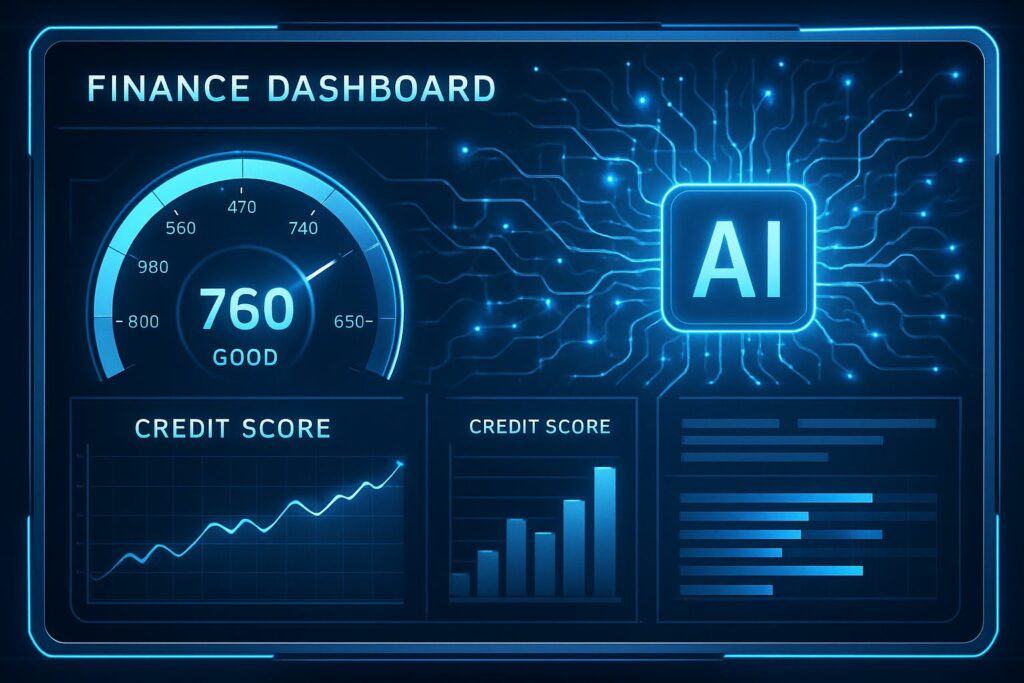
AI CERTS
9 hours ago
FICO patents reshape AI in Finance credit scoring

Regulators demand clear lending reasons. Therefore, FICO frames its inventions as “responsible AI” that balances innovation with compliance. Meanwhile, market researchers expect global AI-driven scoring revenues to surge from $2.25 billion in 2025 to $16 billion by 2034. Against that backdrop, the primary keyword AI in Finance (2) takes on fresh strategic weight.
Patents Signal New Era
FICO’s portfolio now holds about 226 active patents and another 75 pending worldwide. Additionally, the March 2025 awards strengthen coverage across five critical areas.
- Latent-space misalignment measures for model drift
- Structure-preserving autoencoders that create privacy-safe synthetic datasets
- Bias and coverage analysis for high-dimensional models
- Instance-level explanation generation for black-box models
- Streaming linearization for real-time fraud scoring
These elements underpin faster, fairer Credit Scoring pipelines. Consequently, lenders can trace decisions even when deep learning sits under the hood. These developments mark a decisive shift. However, deeper technical insights follow next.
Inside Key Patent Innovations
One headline claim, “Latent-Space Misalignment Measure of Responsible AI,” detects production data drift. Furthermore, automated alerts trigger retraining before performance degrades. Such monitoring directly supports AI in Finance (3) governance programs.
Another patent, US11645581 B2, formalizes methods to explain opaque models. In contrast with older surrogate approaches, FICO’s design joins partial dependence plots with layer-wise relevance propagation. Moreover, patent text describes provenance scoring that traces individual data elements. These advances reinforce Explainable AI (1) across loan workflows.
Equally notable, structure-preserving autoencoders generate de-identified replicas of borrower files. Consequently, institutions can test new features without exposing personal records. That capability unlocks secure experimentation on Alternative Data (1) sources such as cash-flow or utility histories.
Key takeaways: FICO claims sharper monitoring, clearer explanations, and safer data use. Subsequently, attention turns to how explainability will shape compliance.
Explainability Gains Real Ground
The Consumer Financial Protection Bureau reminds lenders that black-box excuses are unacceptable. Therefore, systems must supply “specific reasons” for adverse actions. FICO’s patents attempt to automate that burden. Moreover, real-time justification generation could trim manual review costs.
However, critics argue proprietary math still hides biases. Nevertheless, automated reason codes paired with feature attributions could satisfy examiners when validated. As a result, Credit Scoring (2) workflows may evolve into joint human-AI review loops. Meanwhile, businesses pursuing AI in Finance (4) governance can embed these methods through the FICO Platform.
Summary: Explainability patents could ease regulatory strain. Consequently, privacy questions now take center stage.
Data Privacy Advances Fast
Privacy rules tighten as data breaches rise. Consequently, synthetic datasets offer a protective buffer. FICO’s autoencoder patent keeps correlations intact while removing direct identifiers. Additionally, testing on synthetic populations reduces model overfitting.
Furthermore, privacy-safe experimentation accelerates inclusion efforts around Alternative Data (2). Lenders can assess new signals without requesting sensitive records. Therefore, AI in Finance (5) projects may reach production faster and with lower legal exposure.
Key point: Synthetic data bolsters privacy and innovation. Subsequently, market and policy forces influence adoption speed.
Market And Regulatory Context
FICO recently began direct licensing of mortgage scores. Consequently, traditional credit bureaus face fresh competitive pressure. Moreover, patented AI features differentiate FICO’s offering and justify premium pricing.
Meanwhile, regulators like the CFPB and FHFA scrutinize model fairness. In contrast, commercial forecasts show soaring demand for algorithmic lending. Therefore, stakeholders must balance growth with accountability. These dynamics highlight why Explainable AI (2) remains central.
Takeaway: Competitive and regulatory currents intersect. Consequently, strategic impacts deserve deeper examination.
Strategic Commercial Impact Ahead
Patents provide legal moats while catalyzing product upgrades. Consequently, FICO can bundle new capabilities into its Falcon fraud suite and Analytics Workbench. Moreover, streaming patents enable millisecond scoring at scale, lowering transaction costs.
Additionally, robust monitoring supports continuous compliance audits, a selling point for banks facing heightened scrutiny. Such advantages align with the certification market. Professionals can enhance their expertise with the AI+ Data™ certification. That credential sharpens practical skills for AI in Finance (6) deployment.
Key message: Patented tech plus workforce upskilling drives defensible value. Subsequently, focus shifts to implementation timelines.
Implementation Road Ahead Path
Near-term roadmaps place monitoring and explanation modules into the FICO Platform within 12 months. Furthermore, lenders will pilot synthetic data sandboxes during that window. Medium-term, automated adverse-action notices could roll out across retail portfolios.
However, regulators may demand independent audits before full adoption. Nevertheless, early pilots will inform best practices for Credit Scoring (3) governance. Moreover, institutions exploring future use of Alternative Data (3) can start safe sandbox trials today. Thus, AI in Finance (7) keeps evolving under watchful eyes.
Core insight: Timelines hinge on regulatory comfort and audit success. Consequently, the broader outlook concludes next.
Conclusion And Next Steps
FICO’s patents promise sharper accuracy, richer transparency, and stronger privacy. Consequently, lenders gain tools to satisfy regulators while expanding decision automation. Moreover, streaming innovations cut latency, and synthetic data opens doors for inclusive signals. Nevertheless, oversight, bias testing, and public trust remain essential. Therefore, firms must couple technology with independent audits and skilled talent.
Ready to lead the transformation? Explore advanced learning through the AI+ Data™ certification, and stay ahead in the dynamic world of AI in Finance (8).



